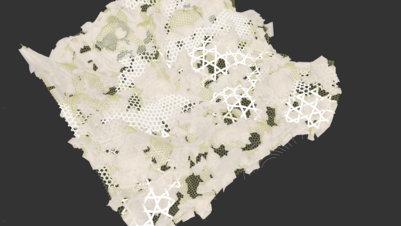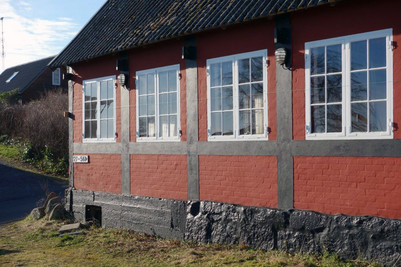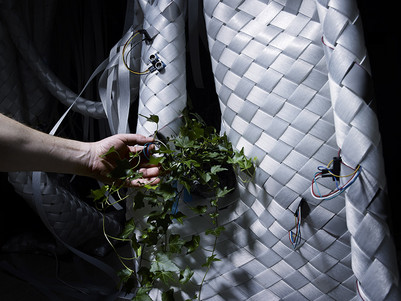
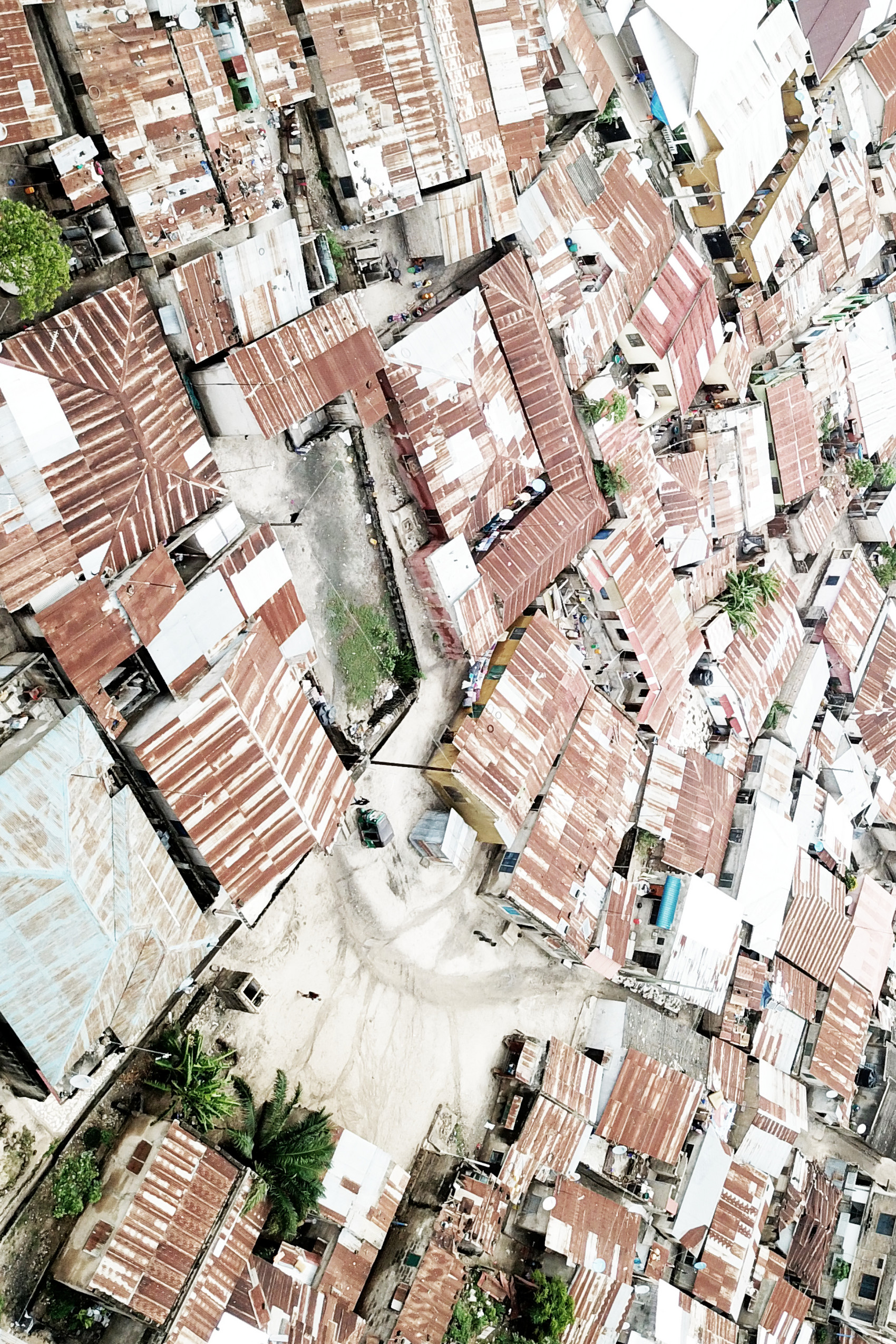
New research to combat malaria mosquitoes in African metropolises
A new species of mosquito is threatening public health in Africa’s rapidly growing cities. A large grant from the Novo Nordisk Foundation will enable an interdisciplinary team of researchers to investigate how architecture and urban planning can assist in protecting the general public against disease transmitted by mosquitoes. The project is led by Jakob Brandtberg Knudsen, Dean of Architecture.
Until recently, malaria mosquitoes were primarily found in rural areas. But a new species appears to be thriving in cities with rapidly growing populations, prompting fears of a major outbreak of malaria.
Therefore, an international team of epidemiologists, biologist, geographers, computer scientists and architects are now working together to find alternative methods for and approaches to combatting one of the biggest threats to human health on the African continent: the mosquito.
Backed by DKK 20 million from the Novo Nordisk Foundation, the researchers will identify the location of high concentrations of mosquitoes in urban areas and how these are related to the cities’ urban design and layout.
“We’ll take a completely new approach to identifying areas with potentially good living, breeding and disease-transmission conditions for mosquitoes and find out how we can combat this through better urban planning,” says Jakob Brandtberg Knudsen, Dean of Architecture at the Royal Danish Academy.
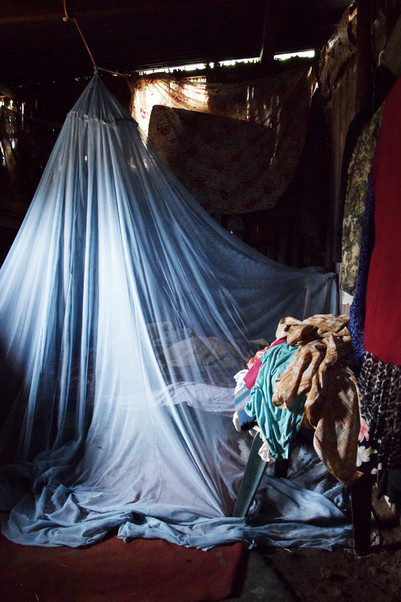
Artificial intelligence identifies hazardous areas
The project itself is based in Dar es Salaam, Tanzania. This is where the scientists will use mosquito traps to identify the types of housing inhabited by many mosquitoes and study how physical conditions and factors – such as the dwelling’s building materials, water puddles, rubbish in the area, etc. – can explain the high prevalence of mosquitoes.
Based on this, the scientists will develop tools, i.e. deep-learning-based algorithms, with the capacity to analyse high-resolution satellite images and identify high-risk areas.
“Google has already developed algorithms that can identify buildings in satellite images. The algorithms work well when among stand-alone houses, but fail in denser urban areas, which is why a more refined system for identifying potential risk areas is needed. This is the system we will develop, as it will enable us to improve the buildings in relation to where the mosquitoes are found,” Jakob Brandtberg Knudsen states.
The project will provide an overview of urban areas that are currently uncharted as they typically arise and grow under the radar, i.e. without being officially regulated.
Powerful team
It is already common knowledge that aquatic areas near human settlements provide favourable breeding conditions for mosquitoes. Other studies have also shown that mosquitoes prefer thatched rather than tin-roofed houses.
The project aims to continue building on this knowledge to deepen understanding of the urban conditions and factors that lead to high concentrations of mosquitoes.
This will make it possible to focus the long-term prevention efforts, such as building houses in new ways, managing waste in new systems and establishing public healthcare facilities in the most vulnerable districts.
Jakob Brandtberg Knudsen has high hopes for the project:
“We’re a group of scientists who’ve previously collaborated in a variety of constellations. Now we’re embarking on a project that helps combat one of the biggest threats to human health on the continent.”
Facts about the project grant
- The research project ‘Risk-assessment of Vector-borne Diseases Based on Deep Learning and Remote Sensing’ has been awarded DKK 20 million from the Novo Nordisk Foundation, allocated over the next five years. DKK 6.4 million will go to the Royal Danish Academy, which leads the project in the person of Jakob Brandtberg Knudsen, Dean of Architecture.
- The allocation was granted by the Novo Nordisk Foundation’s Data Science Collaborative Research Programme, which has awarded a total of four grants totalling DKK 72 million.
- The Data Science Collaborative Research Programme awards grants each year to research projects that address some of the world’s biggest problem issues through interdisciplinary research and collaboration between research groups in the fields of computer science, medicine, biology, botany, biotechnology, physics, chemistry, etc.












